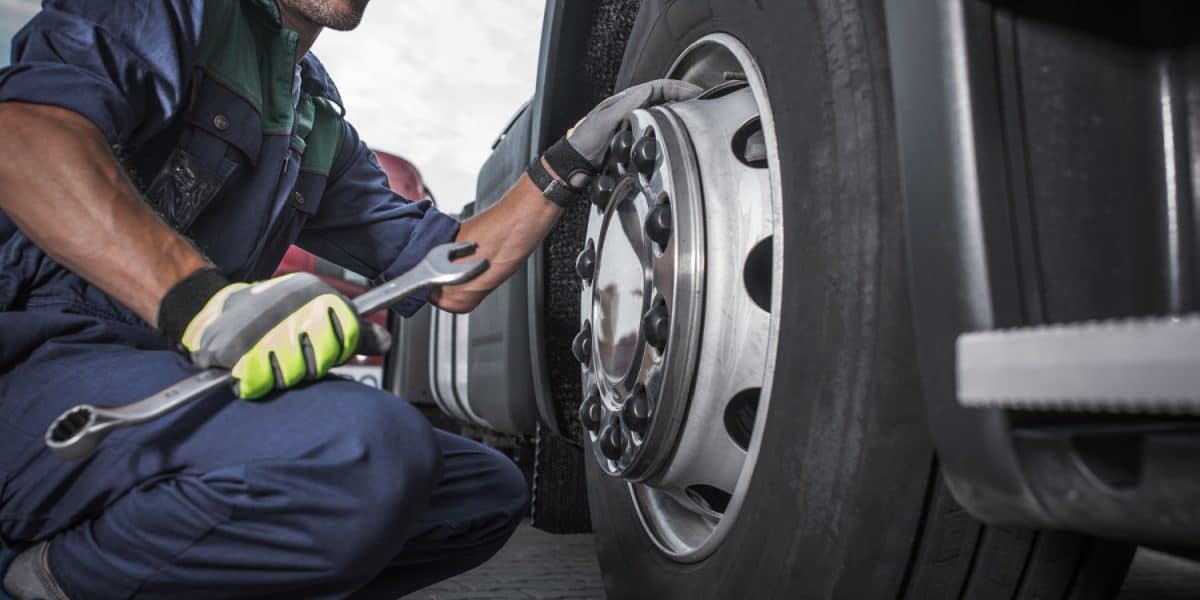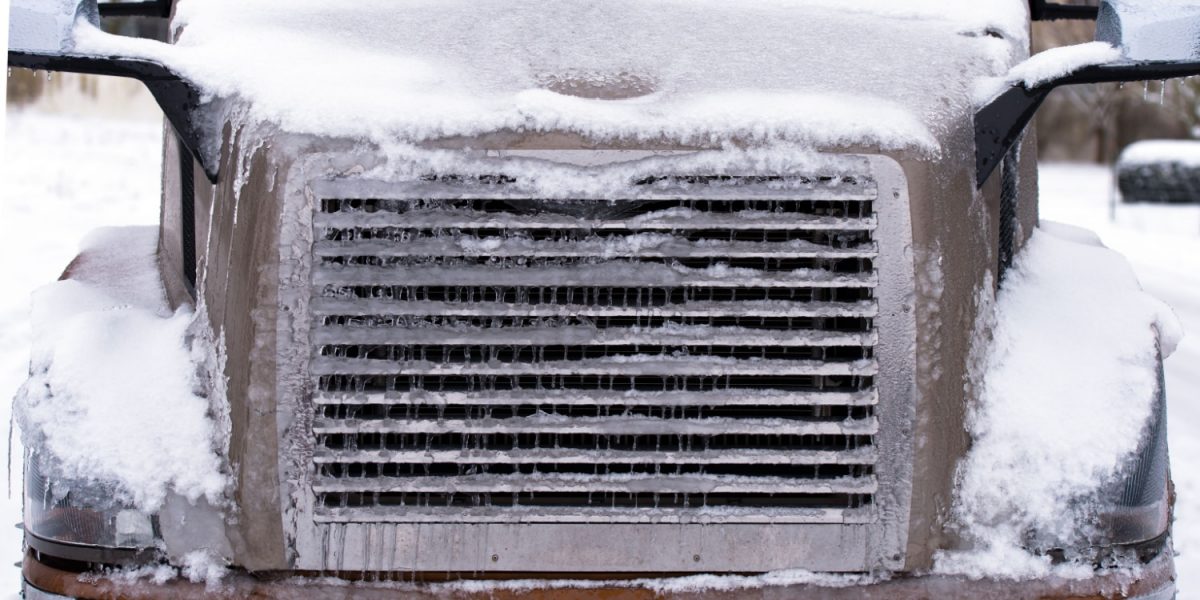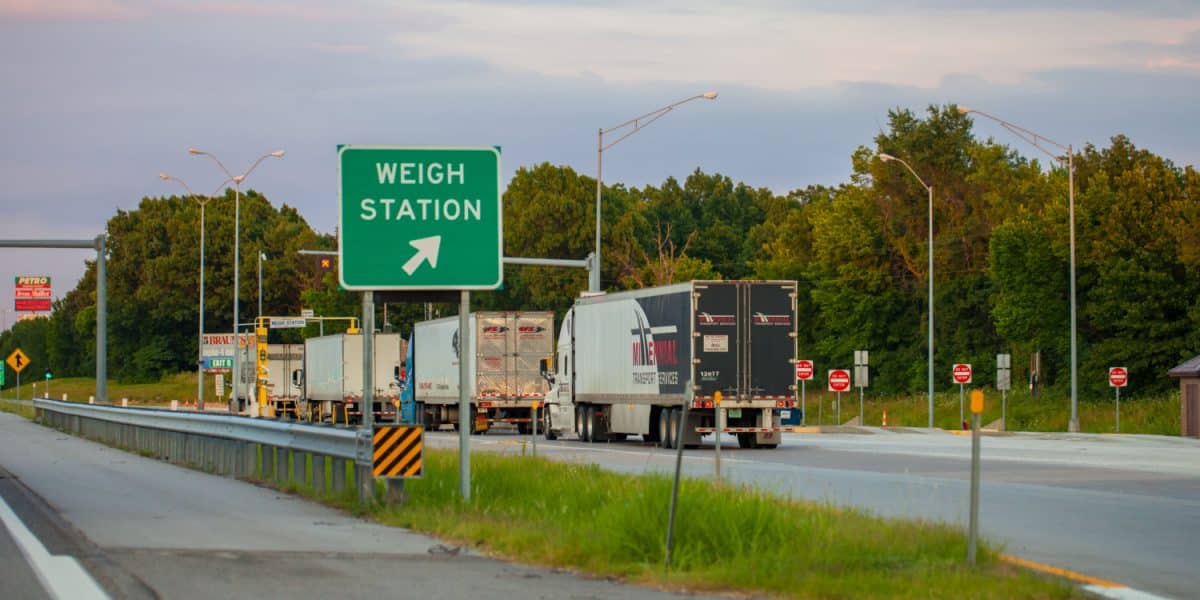Maintaining semi-truck tires is an essential part of a commercial truck driver’s job. Not only does it ensure your safety, but it also boosts fuel economy and improves the lifespan of your vehicle. A little maintenance goes a long way and can save you from tire failure while on your route.
Follow these five tips for semi-truck tire maintenance:
1. Perform Thorough Pre-Trip Inspections
Pre-trip inspections are one of a trucker’s best tools for preventing problems before they occur, including tire failure. This inspection is a thorough check of your truck, trailer, and load to ensure everything is in the correct working order before departure. In addition to pre-trip inspections, you should look over your rig at least once a day while on the road. Taking a few extra minutes before and during every trip to inspect your vehicle thoroughly could save you hours of downtime due to a flat tire or worse.
2. Rotate Tires & Align Wheels Regularly
Checking tire tread and wheel alignment should be part of your commercial truck maintenance routine. Poor alignment and uneven tire tread are two huge factors in premature tire wear, so it is crucial to regularly check these two aspects of your vehicle. As a general rule, rotate your tires every 6,000-8,000 miles to distribute tread evenly, and perform a wheel alignment every 80,000-100,000 miles, or whenever you feel the steering wheel pull to one side or the other when you’re driving.
3. Maintain a Consistent Tire Pressure
Maintaining consistent air pressure will also expand the lifespan of your tires. Overinflated tires wear excessively on the center tire treads, while an underinflated tire will wear the outside treads, both of which can lead to internal structural damage. Make sure to check your tire pressure before you hit the road, especially if you are driving in below-freezing conditions.
4. Keep Tires and Wheels Clean
Washing your tires and wheels is another best practice to add to your maintenance checklist. Not only does it make your rig look nice, but it is also good for the health of the tires and wheels themselves. Make it a habit to wash away road salt, grease, and grime once you return home from each route.
5. Practice Safe Driving Habits
Lastly, one of the major contributors to poor tire performance is how a trucker drives. Forming and practicing safe driving habits will help you avoid flats and blowouts over time. A few tips for safe driving are maintaining a consistent speed on the road, avoiding potholes, braking slowly, avoiding accelerating too quickly, and using caution when driving around curbs.
Learn Safe Driving Habits in Albuquerque
At Phoenix Truck Driving School in Albuquerque, our experienced instructors teach our students the skills necessary to succeed in the trucking industry. This includes pertinent safety information and key maintenance topics, such as how to perform pre-trip inspections and care for commercial truck tires properly.
To learn how we can help you earn your commercial driver’s license (CDL) in as little as four weeks, contact us today.







